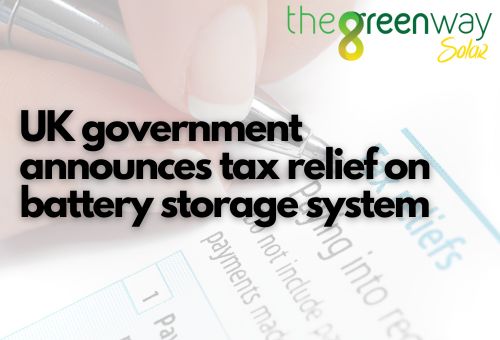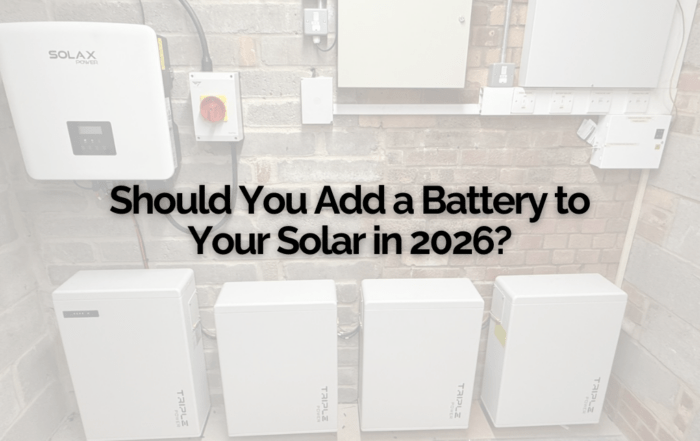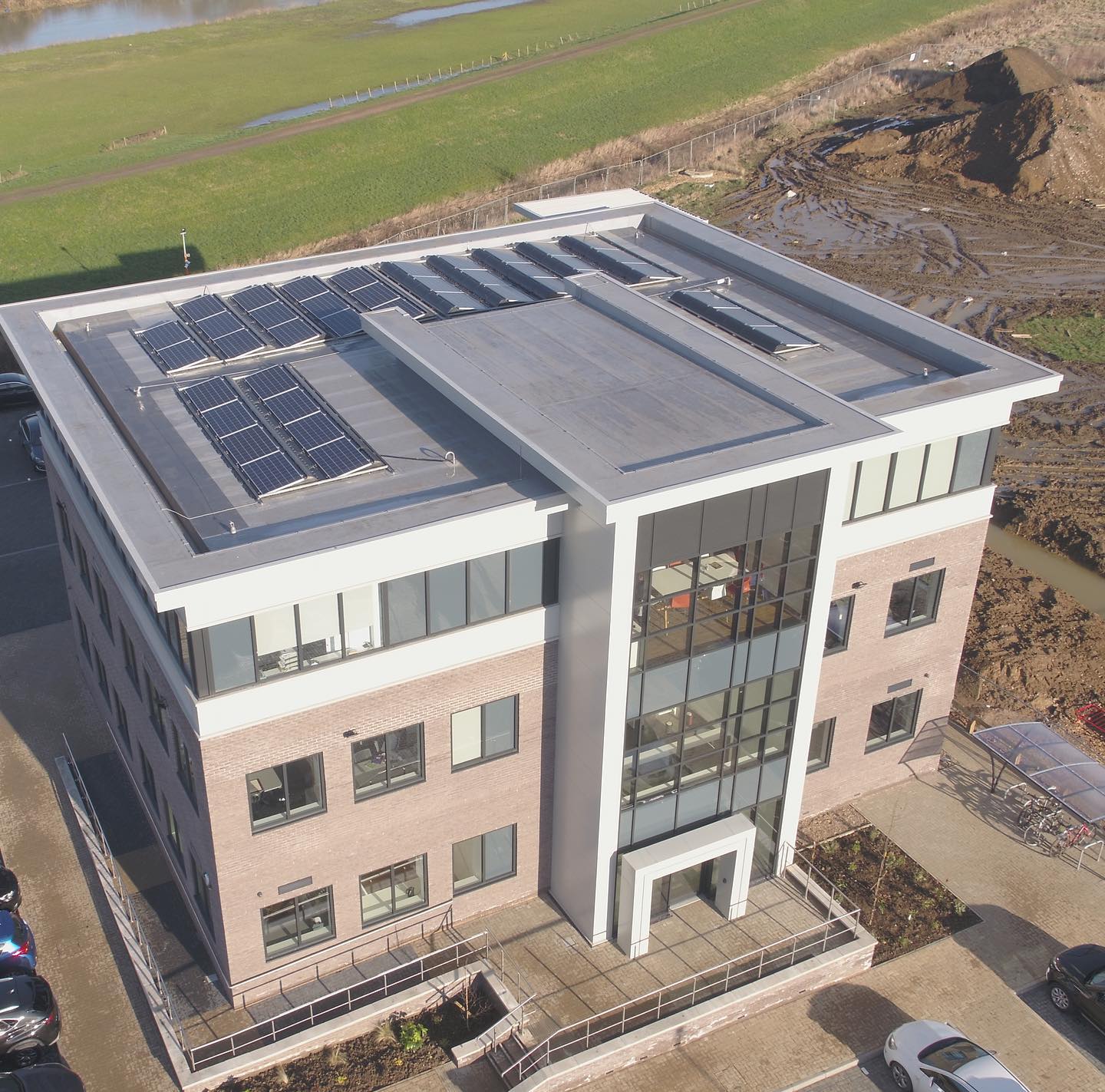
This welcome move extends far beyond the previous VAT relief policy, which was limited to batteries installed concurrently with solar panels.
The policy – set for implementation on February 1, 2024 – now also embraces standalone battery installations and retrofitted batteries alike. This long-awaited decision marks a pivotal moment for the energy storage sector, and in turn, the UK’s clean transition.
What is changing?
In its Spring Statement 2022, the government announced the expansion of VAT relief on energy-saving materials (ESMs). Despite being a welcome step, those expansions did not go far enough.
So, after listening to calls from industry, the government launched a Call for Evidence (CfE) seeking views on potential areas of further reform. Now, as a result of this CfE, the government is rolling out its expansion of the relief by bringing the following technologies within scope:
- Electrical battery storage
- Water-source heat pumps
- Diverters retrofitted to ESMs such as solar panels and wind turbines
Though we may be biased, this tax relief on battery storage systems is of particular cause for excitement. For too long, government initiatives have overlooked the critical role of battery storage in supporting the UK’s clean energy transition. We are optimistic that this change sets the tone for a new, and more energy secure, future.
Which type of battery storage projects are included?
[Current] Battery storage added alongside solar PV
Projects in which energy storage is fitted concurrently with a solar array. Here, the resident(s) of the home unlocks the full benefits of solar and storage. Namely, they can maximise their renewable investment, optimise their energy consumption, and store excess energy for later use. In the process, they’re contributing to a more resilient and sustainable energy infrastructure.
[NEW] Standalone battery storage
Projects in which a battery is fitted without supporting solar. In these scenarios, resident(s) can make use of smart tariffs to charge their battery cheaply overnight. (When the cleanest and lowest-cost energy is flowing through the wires.) They can then discharge the stored energy in their battery during peak hours. Doing so helps ease pressure on the grid when it’s most under strain, reduce the burning of fossil fuels, and save the billpayer money to boot.
[NEW] Retrofit batteries
Projects in which a battery is retrofitted to an existing solar array. By adding a storage battery, the billpayer can save the sun’s energy to run on solar morning, noon, and night. They can then make bigger energy bill savings, bigger home carbon reductions, and get better control over their energy usage. All of which, once more, helps contribute to a cleaner and more controllable grid.
Tax relief on battery storage systems: a significant step forwards
GivEnergy welcome this progressive move. Dave Roberts, UK MD at GivEnergy, comments:
It’s fantastic that the government has extended tax relief on battery storage systems.
The expanded VAT relief aligns with the UK’s commitment to reducing carbon emissions and promoting green energy solutions. By offering financial incentives for homeowners to invest in energy storage, the government is encouraging the adoption of cleaner technologies and facilitating a more sustainable approach to power consumption.
At GivEnergy, we often feel that energy storage has not yet been adequately put onto the political agenda. This oversight is hugely detrimental to achieving net zero and addressing the strain on grid infrastructure.
So, this move is a critical step in encouraging the adoption of sustainable technologies. It fosters greater energy self-sufficiency for households and represents an important (if overdue) step in the right direction.
Plus, the VAT relief is expected to stimulate growth in the energy storage industry. We anticipate a ripple effect across the entire supply chain. Namely, installers can now offer more competitive pricing to consumers for project completion. This, in turn, is likely to spur increased demand for energy storage solutions, driving technological advancements and fostering job creation within the sector.”













